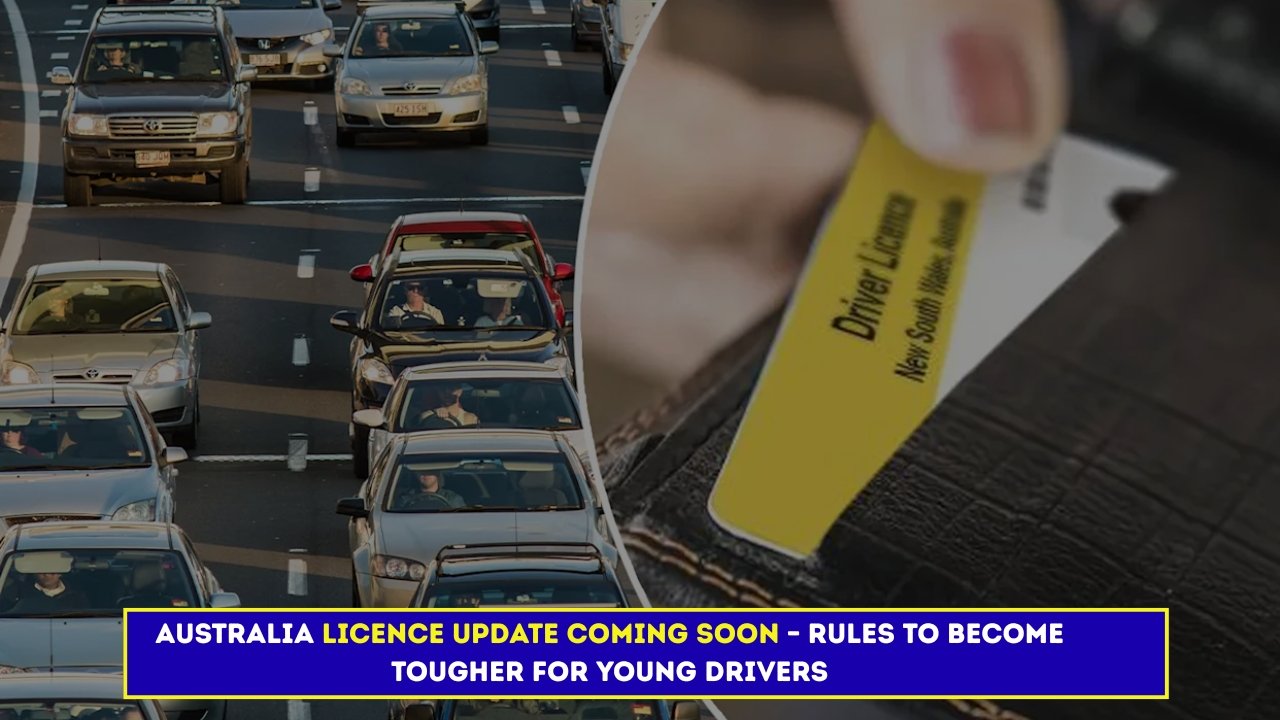Australia is on the verge of rolling out significant updates to its driver licencing system, with tougher rules specifically targeting young and inexperienced drivers. Road safety authorities say the reforms are being introduced to tackle the disproportionately high crash rates among motorists under 25. Studies have long shown that younger drivers are more likely to be involved in serious collisions due to inexperience, risk-taking behaviours, and distractions. With these changes, getting a licence will no longer just be about passing the test—it will be about proving responsibility and earning the right to drive safely over time.
The upcoming updates are expected to extend the probationary stage for provisional licence holders. At present, most states move drivers from their P1 stage through to an unrestricted licence in just a few years, provided they keep a clean record. Under the new system, provisional periods may last longer, with added scrutiny and stricter monitoring of driving behaviour. Young motorists will also face tougher penalties if they are caught engaging in dangerous acts such as speeding, reckless driving, or texting behind the wheel. For families and teenagers, this means the path to full driving freedom will take more time and require careful discipline.
Passenger restrictions will form another key part of the reforms. Authorities are looking at reducing the number of peer passengers provisional drivers can carry, especially during late-night hours. Research indicates that young drivers are most vulnerable to losing focus when surrounded by friends, and accidents are more likely after dark. By limiting passenger numbers and expanding night-time curfews across more states, the rules aim to remove those high-risk scenarios and give young drivers the best chance to focus purely on the road.
| Area of Change | Current Situation | Expected Update |
|---|---|---|
| Probationary Period | 2–3 years before progressing to full licence | Longer probation time, more monitoring of driving behaviour |
| Passenger Restrictions | Varies by state; some limits already exist | Stricter rules on carrying peer passengers, particularly at night |
| Night-time Driving | Limited curfews in certain states | Possible expansion of curfew across more regions |
| Penalties for Offences | Standard fines and disqualifications apply | Stricter penalties for speeding, phone use, and reckless driving |
| Regaining a Lost Licence | Reapplication after suspension period | Mandatory courses and longer probation before reissue of licences |
Another area set for reform is the process of regaining a licence after disqualification. Currently, suspended young drivers can reapply once their ban ends, with relatively few extra hurdles. Under the proposed rules, regaining a licence may require compulsory safe driving courses, extended probation, and more testing. Authorities are also considering zero-tolerance policies on issues like drink or drug driving among provisional holders, recognising that serious offences committed during the early years of driving often become long-term habits without tough intervention.
While the reforms may feel tougher for young Australians, road safety experts and policymakers stress the life-saving potential of these changes. Car crashes remain one of the leading causes of death among Australians under 25, and extending probationary limits, adding restrictions, and increasing penalties signal a cultural shift toward safer driving. For parents, these rules are a reassurance that their children will be better protected on the roads. For young drivers, they are a reminder that a licence is not just a rite of passage, but a serious responsibility. This shake-up, though demanding, could well save hundreds of lives in the years ahead.
1. Why are Australia’s licence rules for young drivers being updated?
The updates aim to reduce the high crash rates among drivers under 25 by introducing stricter probation, tougher penalties, and more restrictions.
2. What new restrictions will young drivers likely face?
They may be subject to longer probationary periods, limits on carrying peer passengers at night, and harsher penalties for offences like speeding or drink driving.
3. How will disqualified young drivers be affected by the changes?
Disqualified drivers may face mandatory driver education courses and extended probation requirements before regaining their licences.
